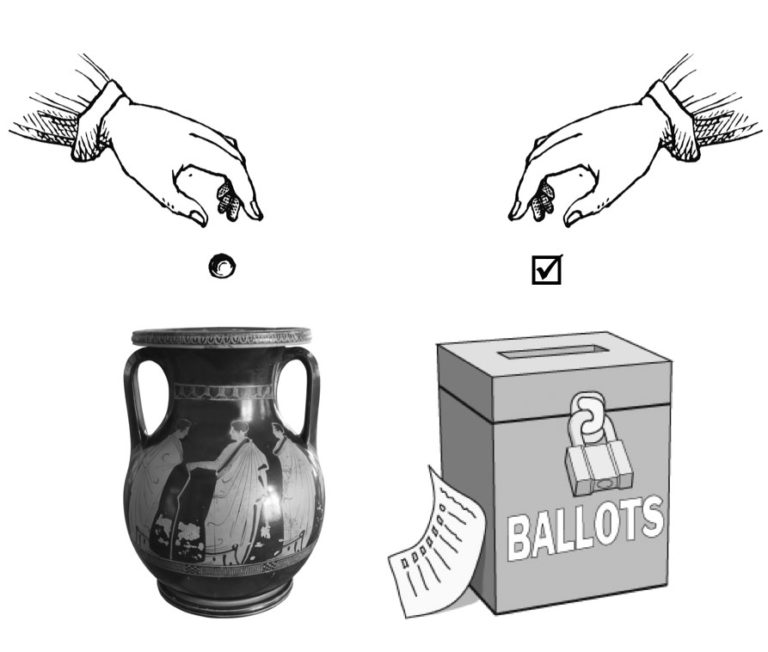Wheel in Technology and Engineering: Wheel Meaning

The wheel, a simple yet profound invention, has revolutionized human civilization. Its impact on technology and engineering is undeniable, shaping transportation, manufacturing, and construction, and ultimately propelling human progress. From its humble beginnings to its sophisticated modern applications, the wheel has continuously evolved, reflecting our understanding of mechanics and materials.
Evolution of the Wheel, Wheel meaning
The earliest known wheels date back to around 3500 BC in Mesopotamia. These early wheels were solid wooden discs, used primarily for pottery making and transportation. Over time, the wheel evolved into spoked wheels, which were lighter and more efficient. The invention of the axle and the development of metalworking further enhanced the wheel’s capabilities.
Types of Wheels
Wheels are found in a wide range of applications, each tailored to specific requirements. In transportation, wheels vary in size, material, and design, depending on the vehicle’s purpose. For example, car wheels are typically made of aluminum alloy, while truck wheels are made of steel. In manufacturing, wheels are used in machines like lathes, grinders, and milling machines, where they are crucial for rotating workpieces and tools. In construction, wheels are essential for moving heavy equipment, such as cranes and bulldozers.
Engineering Principles of Wheel Design
The design of wheels involves several key engineering principles.
- Load Distribution: Wheels are designed to distribute the weight of the vehicle or machine evenly across the contact patch, minimizing stress on the axle and bearings.
- Friction and Traction: The interaction between the wheel and the surface it rolls on determines the amount of friction and traction. Wheel design aims to optimize this interaction for efficient movement and stability.
- Bearing Design: Bearings are essential for reducing friction and wear in rotating components. Wheel bearings are designed to withstand high loads and minimize friction, ensuring smooth and efficient rotation.
- Material Selection: The choice of material for wheels depends on factors like load capacity, durability, and operating environment. Steel, aluminum alloy, and composites are commonly used materials, each offering unique advantages.
Impact on Technological Advancements
The wheel’s impact on technological advancements throughout history is undeniable. It paved the way for the development of transportation systems, from horse-drawn carriages to automobiles and airplanes. It also enabled the development of machinery, revolutionizing manufacturing and construction. The wheel’s simplicity and versatility continue to inspire engineers and inventors, driving innovation across various fields.
Wheel in Everyday Life

From the moment you wake up and roll out of bed to the time you go to sleep, wheels are constantly at work, making our lives easier and more efficient. Wheels are ubiquitous, quietly and diligently performing their tasks, often unnoticed.
Wheel Applications in Everyday Life
Wheels are integral to countless aspects of our daily lives. They are found in everything from our homes and workplaces to our vehicles and recreational activities.
Transportation
- Cars, Trucks, and Motorcycles: Wheels are the foundation of modern transportation, enabling us to travel long distances and transport goods efficiently.
- Bicycles: A classic example of human-powered transportation, bicycles use wheels to propel us forward with minimal effort.
- Trains and Subways: These modes of transportation utilize wheels on tracks, providing a smooth and efficient way to move large numbers of people and cargo.
- Airplanes: While not directly rolling on the ground, airplanes use wheels for landing and takeoff, ensuring safe and smooth transitions.
Household Items
- Chairs and Tables: Many chairs and tables have wheels, making them easy to move and rearrange.
- Vacuum Cleaners: Wheels allow vacuum cleaners to navigate carpets and floors effortlessly, ensuring thorough cleaning.
- Shopping Carts: Wheels enable us to transport groceries and other items conveniently from the store to our homes.
- Office Chairs: Wheels on office chairs provide mobility and comfort, allowing us to move around our workspace easily.
Recreational Activities
- Skateboards and Rollerblades: These recreational activities rely on wheels for speed, agility, and maneuverability.
- Scooters: Wheels on scooters provide a fun and convenient way to get around, especially for short distances.
- Sports Equipment: Wheels are used in many sports, such as roller hockey, inline skating, and wheelchair basketball.
Types of Wheels and Their Applications
| Type of Wheel | Description | Applications |
|---|---|---|
| Solid Wheels | Made from a single piece of material, typically rubber or plastic. | Shopping carts, office chairs, toys |
| Pneumatic Wheels | Consist of a tire filled with air, providing cushioning and shock absorption. | Cars, trucks, bicycles, motorcycles |
| Spoked Wheels | Feature a central hub connected to a rim by spokes, offering strength and lightness. | Bicycles, motorcycles, some vehicles |
| Castor Wheels | Small, swiveling wheels used for furniture and other objects. | Chairs, tables, carts, luggage |
Importance of Wheels in Modern Society
Wheels have revolutionized our world, making it easier, faster, and more efficient to travel, transport goods, and perform everyday tasks. They have enabled us to explore new frontiers, connect with people across vast distances, and create a global economy. Without wheels, our modern society would be vastly different, and our lives would be significantly more challenging.